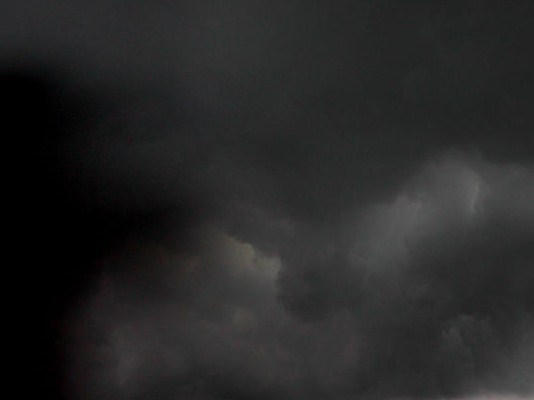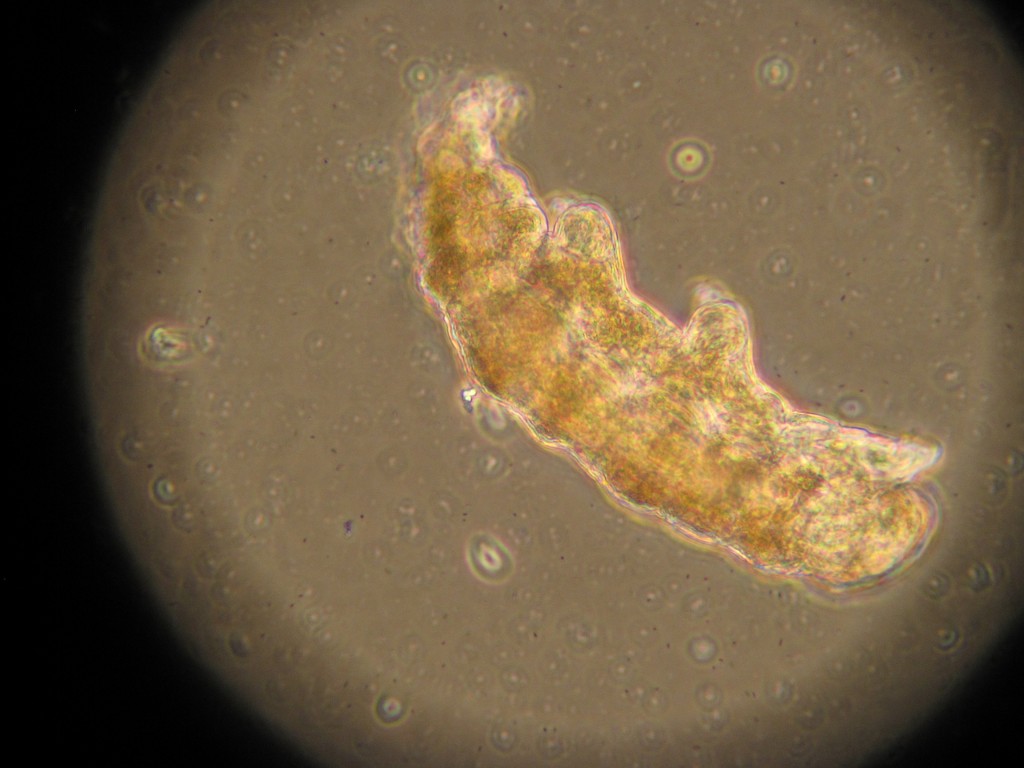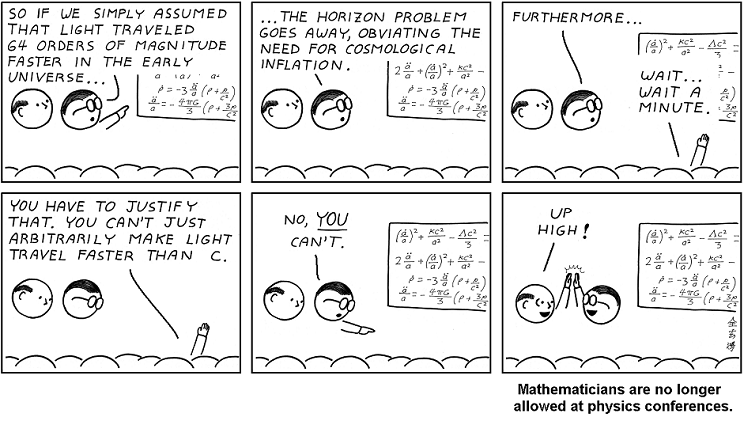This one’s going to take a little explanation. Maxwell was James Clerk Maxwell, famous 19th century physicist. He made up his demon as a way around a then-new and depressing law of physics, the Second Law of Thermodynamics. The Second Law said that when things are left alone and nothing’s done to them, hot things always become cold, but cold things never heat up. The reason this is depressing is because the Second Law, if it ran on long enough, would end in what 19th century physicists called the heat death of the universe.
Anyway, Maxwell thought if he had a container divided into two rooms, one hot and one cold, and a door between the rooms, then a smart little demon could stand at the door and let the cold flow into the hot room but not the heat into the cold room, and thus thwart the Second Law. He couldn’t do it and generations of physicists since have agreed it couldn’t be done. Looks like the universe is stuck with the heat death, the death of heat. I don’t know why Abstruse Goose is so cheery about it.






